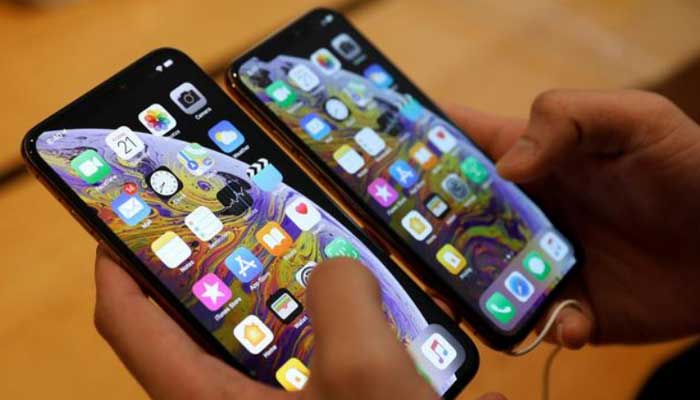Select Language:

A recent diagnostic report by the Asian Development Bank, titled “Pakistan’s Digital Ecosystem,” reveals significant insights from the GSMA’s 2023 Mobile Gender Gap Report. It indicates that women in Pakistan are 35% less likely to own a mobile phone compared to men, with ownership rates sitting at 52% for women and 81% for men. Additionally, women are 38% less likely to access mobile internet.
It’s worth noting that many women utilize mobile devices registered under the names of male family members, which complicates the assessment of actual female internet access.
Key barriers contributing to the pronounced gender digital divide include:
- Lack of family consent (previously the most cited barrier until 2019, now ranked second);
- Online harassment disproportionately affects women, with 5% reporting concerns about unwanted calls and messages, compared to 3% of men. Furthermore, 2% of women express worries about identity theft or misuse of personal information, a concern not as widely shared by men;
- Digital skills disparities, with women representing only 14% of ICT graduates. This results in a 35% gender gap in computer literacy, highlighting ongoing marginalization;
- Additional barriers for rural women, which include gaps in skills, cultural restrictions, security fears, and financial constraints.
The report also emphasizes that issues like cost and digital literacy exacerbate the existing digital divide between urban and rural areas. While urban residents typically enjoy access to broadband internet, many remote rural areas still lack the necessary infrastructure to connect to the digital world.
Even where internet access is available, the high price of digital devices acts as a significant barrier, especially for those with lower incomes. Furthermore, limited digital literacy—particularly among women and individuals in rural settings—aggravates this issue.
Bridging this digital gap necessitates a multi-faceted approach, tackling factors such as infrastructure, affordability, digital education, and societal challenges. Ensuring equitable access to technology is vital for all citizens to harness its transformative power.
Pakistan’s digital landscape reveals stark regional inequalities in internet access and usage. More than 60% of the population resides in rural areas, which are significantly behind urban locales in internet connectivity and mobile ownership. There are also disparities in mobile network speeds and infrastructure quality, indicating an uneven distribution of digital resources.
At this pivotal moment in its digital evolution, Pakistan is witnessing rapid technological advancements, including developments in cloud computing, automation, and hybrid work models. These innovations are transforming industries and public services.
While there has been notable progress, Pakistan still holds considerable potential to enhance its digital growth and align itself with regional and global digital trends.






